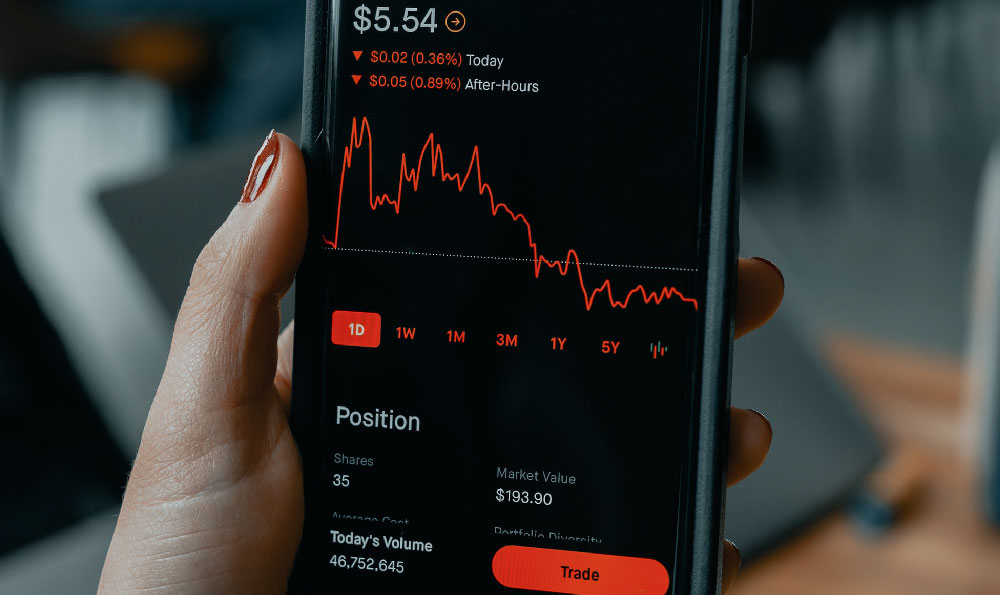Coachella Valley Music and Arts Festival, often shortened to Coachella, stands as a cultural behemoth, a desert pilgrimage for music lovers, fashion enthusiasts, and Instagram influencers alike. Beyond the flower crowns and surprise performances, however, lies a sophisticated financial ecosystem. Determining the precise profit Coachella generates is complex, shrouded in the semi-opaque world of privately held entertainment companies, but we can glean a strong understanding by examining revenue streams, expenses, and industry benchmarks. Ultimately, assessing its profitability requires a multi-faceted approach.
The most obvious source of income is, of course, ticket sales. Coachella, held over two weekends, sells hundreds of thousands of tickets annually. General Admission passes typically command hundreds of dollars, while VIP packages, complete with exclusive access and amenities, can cost several thousand. The near-instantaneous sell-out of tickets each year speaks volumes about the demand and, consequently, the potential revenue. Secondary market ticket prices further underscore this point, often exceeding face value by a significant margin, indicating a willingness to pay a premium to attend. Conservatively estimating, ticket sales alone account for a substantial portion of Coachella’s total revenue, easily reaching hundreds of millions of dollars.
However, the financial reach of Coachella extends far beyond ticket booths. Sponsorships represent another significant revenue stream. Major brands, from beverage companies to fashion houses, eagerly seek association with the festival's cool and influential audience. These partnerships manifest in various forms, including branded activations, exclusive lounges, and prominent logo placement throughout the festival grounds. The value of these sponsorships is substantial, often involving multi-million dollar deals that contribute significantly to the overall financial picture. The visibility and perceived brand equity gained from aligning with Coachella's image are invaluable for these corporations.

Furthermore, food and beverage sales generate a considerable income for Coachella. With tens of thousands of attendees on-site for days, the demand for food and drinks is immense. Coachella's culinary offerings have evolved beyond typical festival fare, boasting a curated selection of gourmet food vendors and craft beverage options. While prices are undoubtedly inflated compared to everyday retail, attendees are willing to pay for convenience and quality within the festival environment. The sheer volume of transactions over both weekends results in a substantial revenue stream that is not to be underestimated.
Merchandise sales also play a crucial role in Coachella's financial success. From official festival apparel and accessories to artist-specific merchandise, attendees eagerly purchase souvenirs to commemorate their experience. The exclusivity and limited-edition nature of some items further drive demand, creating a sense of collectibility and fostering brand loyalty. These sales, though perhaps smaller individually than ticket revenue, contribute meaningfully to the overall profitability.
Finally, the economic impact on the surrounding Coachella Valley should not be overlooked, even though this doesn't directly flow into the festival's coffers. Hotels, restaurants, transportation services, and other local businesses experience a surge in demand during the festival weekends. This influx of tourism generates significant revenue for the region, indirectly benefiting Coachella by enhancing its reputation and attractiveness as a destination.
Against these considerable revenue streams, we must consider the substantial expenses associated with producing an event of Coachella's scale. Securing top-tier musical talent demands hefty performance fees. Headlining acts can command millions of dollars, and even lesser-known artists receive significant compensation. The cost of booking and accommodating these artists represents a major expense.
Beyond artist fees, infrastructure costs are immense. Building the festival grounds from scratch each year requires significant investment in staging, sound and lighting systems, security measures, medical facilities, and sanitation services. Temporary structures, power generation, and waste management all contribute to the hefty price tag of creating the Coachella experience.
Security is paramount, requiring a large contingent of security personnel to ensure the safety and well-being of attendees. This includes uniformed officers, private security guards, medical staff, and emergency responders. The cost of providing adequate security is a significant expense, particularly in an era of heightened security concerns.
Marketing and advertising expenses are also substantial. Promoting Coachella to a global audience requires a multi-faceted marketing strategy, encompassing digital advertising, social media campaigns, public relations efforts, and traditional media outreach. The cost of reaching potential attendees and generating buzz is a significant investment.
Permitting and licensing fees represent another expense category. Obtaining the necessary permits and licenses to operate a large-scale event like Coachella involves navigating complex regulatory requirements and paying associated fees. These costs can vary depending on local regulations and environmental considerations.
Finally, staffing costs must be considered. Coachella employs a large workforce, including event organizers, production crews, security personnel, food and beverage vendors, and merchandise staff. The cost of hiring and compensating these employees represents a significant expense.
Considering all these factors, while exact figures are difficult to obtain, industry analysts estimate Coachella generates revenues in the hundreds of millions of dollars each year. After accounting for substantial expenses, the festival is undoubtedly profitable, although the precise profit margin remains a closely guarded secret. The consistent sell-out rates, the enduring popularity, and the ongoing expansion of the festival's offerings strongly suggest a healthy financial position. Coachella is more than just a music festival; it's a highly successful business operation that has mastered the art of creating a desirable and profitable cultural experience. Its enduring presence and influence on the music industry are a testament to its financial viability and its ability to generate substantial profits year after year. Even with increasing competition in the festival market, Coachella’s brand recognition and established infrastructure provide a significant advantage.












